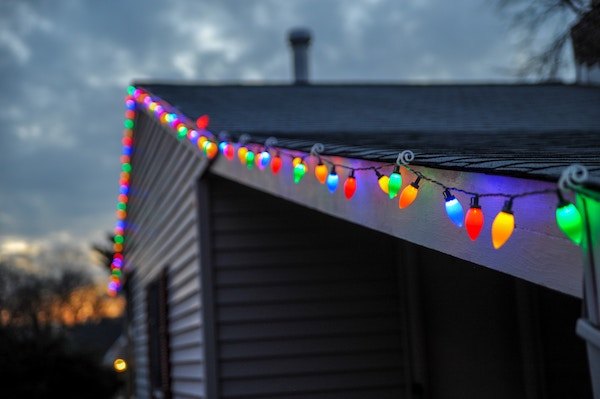
As a homeowner in Singapore, you can troubleshoot and fix basic electrical problems without having to consult an electrician services company or a licensed electrician. These electrical jobs that you will most likely encounter range from replacing light bulbs to covering exposed wires with electrical tape to avoid getting electrocuted or having the wires themselves overheat.
However, while there are electrical problems that you can solve at home, there are also others that should be best left to an electrician services company in Singapore, such as the following:
1. Frequent circuit breaker trips
Having fuses that blow frequently are an indication that your circuits are drawing in more current than they are supposed to, which could lead to potential fire hazards if left unchecked. If you do encounter this problem, switch off the main power and contact a licensed electrician in Singapore for a thorough electrical check-up.
A good electrician will be able to tell you the source of this problem as well as provide you with the necessary replacement fuses and repairs to prevent circuit breaker tripping in the future. However, you also need to take preventive measures yourself – the best way is by simply not crowding the service panel.
A service panel needs a clearance at least thirty inches wide, three feet deep, and six feet eight inches high. To simplify, you can keep this in mind instead: if you can’t place a refrigerator in front of the panel, you don’t have enough working space.
2. Flickering lights
LED lights are a common reason for flickering lights, as they are a popular option to compact fluorescent bulbs. They may last longer than CFL bulb, but do tend to be more expensive at first and tend to flicker. If this is the case, switching to a CFL bulb might be your solution.
However, if the lights continue to flicker even after you’ve replaced the light bulb, the problem might be somewhere within your circuit. Switch off that particular circuit and consult an electrician right away.

3. Having too few outlets or receptacles
Extension cords, though useful, can be inconvenient and ugly to look at. They also create potential tripping, fire hazards, short circuiting at any moment, and even start a chain reaction. Consult an electrician to install more outlets at your home as a safer option.
Dead outlets are also a common problem in older homes, though they may simply be older outlets that have been disconnected from the main circuit.
4. Your electrical works are covered in rust
More specifically, if you start to notice rust and/or moisture on or under your electrical panels, service box, or other delicate electrical works, you need to switch them off and contact an electrician services company right away.
This is a sign of a major deterioration problem that could result in a fire hazard if left unchecked, and all rusty electrical equipment should be replaced with new electrical works that are up to code.
5. Having plugs that won’t stay in the outlet/loose outlets
Outlets have sockets that hold the prongs in the plug, which allow for a good connection. A loose connection is not only annoying, as you would be unable to reliable use that socket, but can also put you at risk for electric shock in the form of electrical discharge (e.g. electric arcs).
This discharge of energy and heat could also start a fire within the wall the socket is installed in, especially if the wall is made of wood. Replacing an outlet should be best left to an electrician.
6. Your electricity bill is rising even though you use less electricity
This might be caused by other problems in your circuiting that could lower energy efficiency at home, such as poor insulation, but it could also be caused by old appliances. If this is the case, be sure to ask your electrician whether the proposed works qualify for energy efficiency rebates.
Taking steps to prevent electrical problems starts with making sure that your electrical works at home are both up to date and up to code. The first thing you can do is to call www.powermax.com.sg from Singapore to conduct a thorough inspection of your electrical works at home and see if there is anything that needs to be fixed.
If you do decide to work on things yourself, keep safety in mind. As much as possible, avoid working with live wires. Identify the circuit where the equipment is connected to before switching off that circuit from the electrical panel.

Another thing to keep in mind is to know which switch goes into which electrical circuit at home. For instance, your living room and kitchen could share the same circuit, or each part of the house with its own light could have their own individual circuits.
To avoid repeatedly turning circuits on or off, look for the electrical blueprints of your home that show which outlets and light bulbs are connected to which circuits. If the circuits are already labeled, this should be easy enough for you.
You should also read the labels on the receptacles and the different types of equipment you’re working with. Terminals for neutral and live wires can be made of different materials, which makes it important that you read them closely to know which wire goes into which terminal.
Always connect wires to their proper terminals. If you feel that you aren’t sure with what you’re doing, call an electrician.
*This list is compiled in no particular order.*
